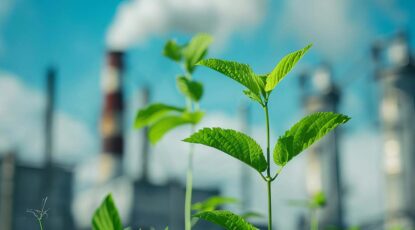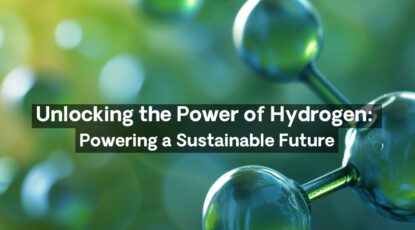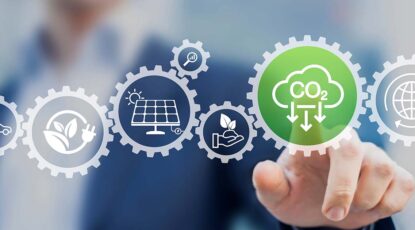Korea is the most densely populated of the world’s major economies, with more than fifty million people inhabiting an area roughly the size of Kentucky. Its electricity consumption in kWh per capita is the highest in Asia, rivaling that of the United States. Between 1998 and 2017, the country’s economy quadrupled from 374 billion to 1.53 trillion, and with it came an enormous growth in demand for electricity.
South Korea turned to coal as the solution. The country more than tripled coal-fired power plant capacity from 2005 to 2016, and then doubled down on coal as confidence in the domestic nuclear power industry collapsed following a safety scandal and the Fukushima disaster in neighboring Japan.
While the economic miracle continued, an environmental and social disaster was unfolding.
By 2017, South Korea had the worst air quality of the 35 OECD ‘developed’ nations. Its capital, Seoul, was ranked one of the three cities with the highest carbon footprints worldwide, according to a report from the Norwegian University of Science and Technology. A 2017 survey of Korean citizens by the Institute for Health and Social Affairs, identified the health risk from the fine dust generated by coal power generation as the number one social concern amongst the country’s population.
While some blamed neighboring China for South Korea’s air quality problems, the country’s leaders recognized that Korea’s own energy policies were significantly to blame.
Today, the country is rapidly seeking to change its environmental course. In May of this year, South Korea’s Trade, Industry and Energy Ministry announced it would employ “strong measures” to reduce fine dust coming from coal power by up to 43 percent by early 2019.
At the same time, the country accelerated a plan to generate more electric power from clean sources, including, notably, fuel cells. South Korea has already deployed more than 300 MW of fuel cell systems, and now plans to increase that total to 600 MW by 2022, making it the world leader in the deployment of the technology for utility power.
Part of the appeal of fuel cells is their power density. More than 70% of Korea’s land is mountainous, making large scale renewable deployments challenging. As a result, fuel cells – which generate electricity from natural gas or biogas electrochemically, without combustion and with low emissions – feature prominently in President Moon Jae-in’s plan to increase the amount of power the country generates from renewable and new sources to 20% by 2030.
Bloom Energy and SK E&C Form Partnership to Accelerate Fuel Cell Deployments in Korea
Today, Bloom Energy announced a partnership with SK Group, one of Korea’s largest companies, to further accelerate the deployment of clean, fuel cell-based electric power in Korea.
The two companies have been working together since 2017, when we bid successfully to deploy Korea’s first solid oxide fuel cell installation using Bloom Energy Servers.
The 8.35 MW Bloom Energy Server solution built in Bundang for a Korean utility was notable for another reason: it utilizes a highly innovative ‘Power Tower’ design which stacks fuel cells vertically. The dense design has made Bundang one of the world’s most energy-dense power plants, generating one megawatt for every 787 square feet, all without any smog-forming particulate emissions, and with dramatically lower CO2 emissions than Korea’s coal fleet.
Aside from power density, the high electrical efficiency of Bloom Energy Servers makes them very well suited to Korea. High efficiency means lower fuel consumption per kilowatt-hour of electricity generated, and in Korea fuel efficiency is a big deal. The country has no domestic natural gas resources and high natural gas prices as a result.
An Economy Powered by Technology Looks to Technology Once Again
The South Korean economic miracle was powered by the country’s embrace of technology. It became an economic superpower on the back of its leadership in semiconductors and electronics. Today, Korea is on the verge of reinventing itself again with the technology-led transformation of its energy sector.
We believe combining American know-how with Korean industrial expertize will deliver environmental benefits that will be felt for generations to come.



